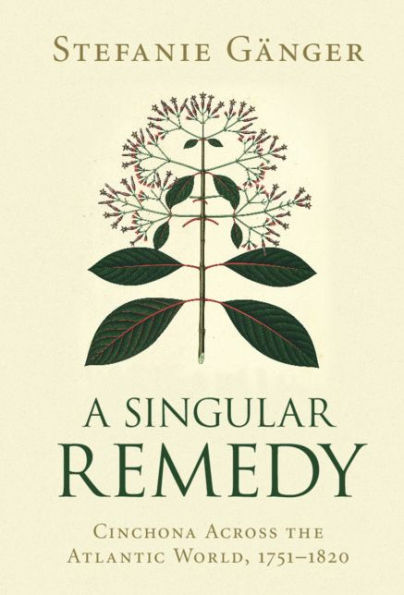5
1

A Singular Remedy: Cinchona Across the Atlantic World, 1751-1820

A Singular Remedy: Cinchona Across the Atlantic World, 1751-1820
eBook
$24.99
$32.99
Save 24%
Current price is $24.99, Original price is $32.99. You Save 24%.
Related collections and offers
24.99
In Stock

Product Details
| ISBN-13: | 9781108901666 |
|---|---|
| Publisher: | Cambridge University Press |
| Publication date: | 10/15/2020 |
| Series: | Science in History |
| Sold by: | Barnes & Noble |
| Format: | eBook |
| File size: | 16 MB |
| Note: | This product may take a few minutes to download. |
About the Author
From the B&N Reads Blog
